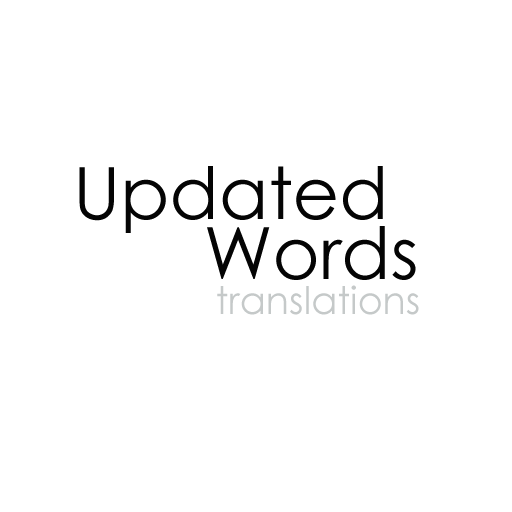One of the recent issues facing the world of translation is how to make sure translations reflect the need for gender neutrality where this arises. With the reaffirmation of the rights of non-binary gender individuals, there’s a conscious movement to make sure people who don’t follow the conventional male/female gender are addressed in a respectful manner that acknowledges their choice. However, languages have not yet fully evolved to recognise this. Some languages are more gender-neutral than others and make it easier for non-binary people to find a pronoun to address them but other languages are deeply gendered and require a little more innovation and creativity.
Working with the specific language pair English/Portuguese, we are faced with gender differences every day. In English, grammatical gender only arises with third-person pronouns: he (masculine), she (feminine), it (neutral). Nouns don’t have to agree in gender, neither do verbs or other pronouns. Therefore, people who identify as non-binary pick their gender-defined pronoun of preference or choose to be addressed as “they”. “They” is already a common pronoun used when gender is unknown, circumventing the need for saying “he or she”. For example, “Someone left their wallet here. I hope they come back to get it.
However, in Portuguese (and Romance languages in general), the grammatical gender is dominant. Pronouns and nouns have gender, most adjectives are gender-specific and have to agree with the noun. If you read the sentence in English “I am tired”, it tells you nothing about the subject’s gender. In Portuguese, you’d have a male or female subject identified straight away via the adjective. “Eu estou cansado” (male) or “Eu estou cansada” (female). So when the source text is in English and a non-binary person is talking about themselves, how can it be translated into Portuguese accurately and without causing offence? The challenge is similar to when we encounter texts in English which make no reference to the person’s gender. Here’s an example:
“My client sat in front of me and said ‘I’m a murderer. I got angry and killed someone.'”
Romance target language translators are used to these issues. There’s no gender definition in English in the sentence above but in Portuguese the possessive “My” would have to be gendered: “A minha cliente” or “O meu cliente”. More questions arise later with the direct speech of a subject whose gender is unknown. Murderer= assassino or assassina? Angry= zangado or zangada? A way to go around this issue is to either learn pronoun-choice through context (either a reference further on or inference, which is subject to gender bias) or to adopt the male form, which in Portuguese is accepted as the universal form (though not like it used to).
Nevertheless, when we are talking about non-binary individuals, the pronouns we choose are of utmost significance. Some non-binary people choose to keep the pronouns of the gender they were born as, others choose the opposite gender pronoun for balance and quite a few prefer gender-neutral pronouns. As previously mentioned, this problem can be addressed in the English language through the usage of “they” and, for the most part, once the pronoun has been determined, no more issues arise linguistically. The only other frequent barrier in the English language is the title system: Mr, Ms, Mrs… A few non-binaries are choosing the title Mx as a neutral title but as with every neologism, especially those which are culturally challenging, it’s taking a while to seep into speech. Where there was no language available, words had to be created. The Lesbian, Gay, Bisexual, Transgender Resource Centre from the University of Wisconsin has plenty of updated information on more gender-neutral pronouns that recognise non-binary people as more than a faceless “they”. This is what is happening in the Portuguese language.
Currently, there’s a wide range of pronouns to choose from in Portuguese and a list of potential new endings to agree with their non-binary gender. Alternatively, some non-binary people are happy with a proportionate variation of the female or male, although in the context of literature where the situation hasn’t been explained previously, it may confuse the reader.
These ongoing challenges of gender and language fluidity are important for translators. As professionals entrusted with bridging cultural gaps using language, translators have the responsibility of keeping up-to-date and ensuring language reflects acceptance and tolerance. For this, translators must not only keep informed but also an open mind and seek the correct information from the entities that are equipped to provide them.

